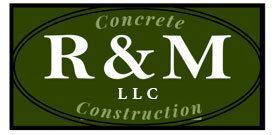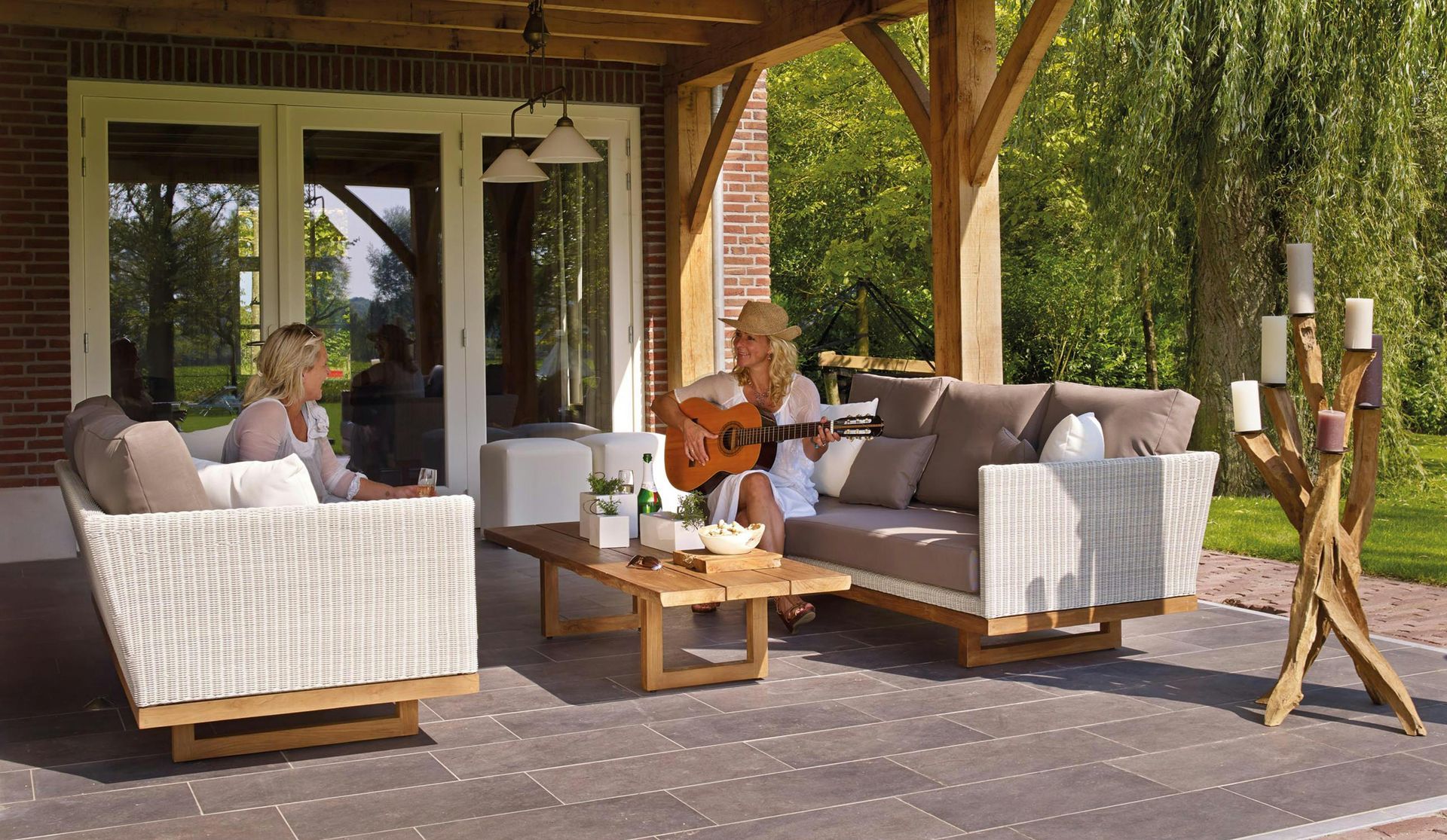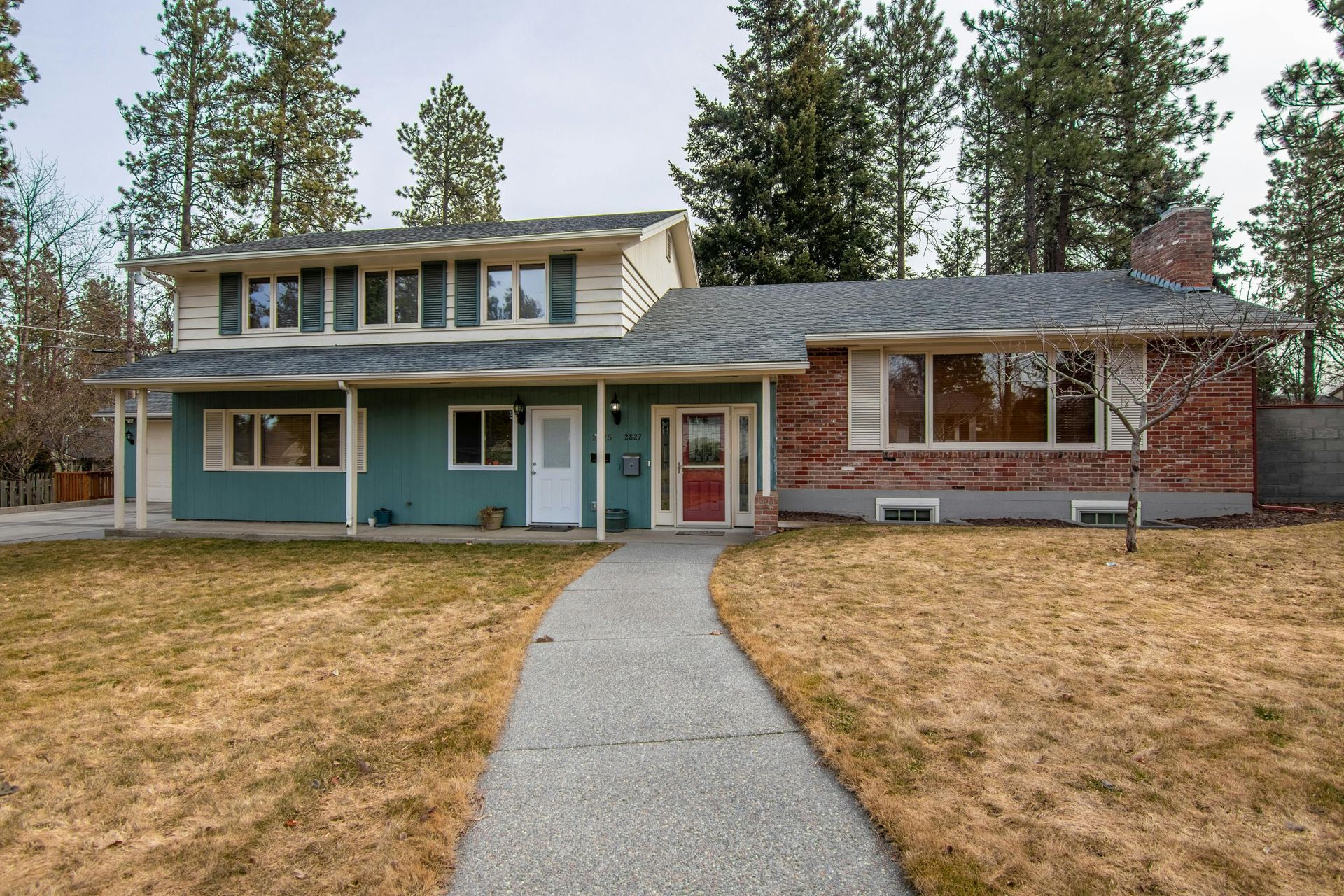Transforming your outdoor space into a captivating retreat involves more than just aesthetics; it demands careful consideration of the structural elements that underpin a safe and enduring deck. This transformative process requires a delicate balance between form and function, where visual appeal seamlessly integrates with structural integrity. In this in-depth guide, we will unravel the intricacies of deck construction, shedding light on pivotal structural considerations.

Slide title
Write your caption hereButton
Our Commitment to Safety and Longevity
At R & M Enterprises, we pride ourselves on delivering not just visually stunning decks but also on ensuring the utmost safety and longevity. Our commitment extends beyond surface-level beauty; we prioritize the core elements that contribute to a deck's resilience over time. If you seek expert guidance or have specific inquiries about your deck project, our dedicated team is ready to assist. Call us at (360) 515-0529 to connect with professionals who share your passion for creating outdoor spaces that stand the test of time.
Structural Considerations for a Safe and Sturdy Deck
1. A Robust Foundation for Longevity
Commencing the construction of your deck demands a meticulous approach, beginning with the careful crafting of its foundation. Typically, this foundational stage involves the installation of concrete footings—a critical element providing stability and support to the entire deck structure. To ensure the foundation's robustness, it is imperative to consider the specific soil conditions of your building site. The composition and characteristics of the soil play a significant role in determining the overall stability of the footings. Simultaneously, strict adherence to local building codes is paramount. These codes serve as a comprehensive guide, specifying the necessary depth and diameter of the footings, and ensuring that your deck's foundation aligns with safety standards and regulatory requirements. By conscientiously addressing these foundational considerations, you lay the groundwork for a deck that not only boasts structural integrity but also stands resilient against the tests of time and environmental factors.
2. The Choice of Premium Materials
Choosing the appropriate materials is a pivotal decision when embarking on deck construction. It's crucial to prioritize quality, and two excellent options for framing and decking are high-quality, pressure-treated lumber or resilient composite alternatives. Pressure-treated lumber, a classic and durable choice, undergoes a treatment process that enhances its resistance to decay, insects, and moisture. This makes it an ideal material for ensuring the structural integrity of your deck. Alternatively, resilient composite materials, composed of a blend of wood fibers and recycled plastic, offer a modern and innovative solution. These materials not only mimic the aesthetics of wood but also provide enhanced durability. Opting for premium materials is not merely an aesthetic preference; it's an investment in the longevity of your deck. Premium materials stand up to the challenges posed by decay, insects, and the harsh elements, ensuring a prolonged lifespan for your deck while maintaining its visual appeal. In essence, the careful selection of materials is a foundational step toward crafting a deck that not only withstands the tests of time but also elevates the overall quality and resilience of your outdoor living space.
3. Ledger Attachment Precision
Ensuring a secure connection between the ledger board and the house is paramount in the construction of a resilient deck. This involves leveraging lag screws and implementing proper flashing techniques to create a robust and water-resistant junction. The ledger board, serving as a crucial anchor, demands meticulous attention to detail to prevent water damage that could compromise the structural integrity of the deck over time. Equally important is the need to maintain a discernible gap between the ledger and the house. This intentional spacing not only facilitates effective water drainage but also acts as a safeguard against potential issues arising from water accumulation. By addressing these considerations during the installation of the ledger board, you establish a foundation for a durable and water-resistant connection, mitigating the risk of long-term damage and ensuring the longevity of your deck.
4. Joist Spacing and Sizing Considerations
Adhering to recommended joist spacing guidelines is a foundational principle in constructing a reliable and structurally sound deck. Ensuring even distribution of the load across the deck surface, this practice contributes significantly to fortifying the overall structural stability of the deck. Equally crucial is the employment of appropriately sized joists. This step is essential in preventing sagging, which can compromise the deck's aesthetic appeal and long-term integrity. By diligently following spacing recommendations and selecting joists of the right size, you not only enhance the load-bearing capacity of your deck but also establish a framework that promotes longevity and structural resilience. These considerations, woven into the fabric of your deck construction, lay the groundwork for a space that not only stands firm under pressure but also endures the test of time with unwavering stability.
5. Strategic Beam Placement
Strategically placing beams in your deck construction is a critical step in establishing a sturdy and resilient structure. The careful positioning of beams is essential to robustly support the joists, especially when considering larger decks or heightened load requirements. This thoughtful approach to beam placement goes beyond mere aesthetics; it ensures a balanced distribution of the load across the entire deck framework. By strategically accommodating additional beams where necessary, you not only bolster the overall strength of the deck but also mitigate the risk of structural imbalances that could compromise its integrity over time. This intentional consideration in beam placement forms the backbone of a well-constructed deck, one that not only stands strong under various loads but also maintains equilibrium for the long haul, providing a reliable and secure outdoor space.
6. Post-to-Beam Connections
Ensuring a steadfast connection between posts and beams is a cornerstone in constructing a reliable and stable deck. This involves the meticulous use of either metal connectors or adept notching techniques to create a secure junction. The strength of this connection is paramount, as it directly influences the overall stability and durability of the deck structure. Effective load transfer from beams to posts is imperative in this context. By carefully facilitating the transmission of loads, this practice thwarts any potential wobbling or leaning issues down the line. The commitment to a robust connection between posts and beams not only enhances the immediate structural integrity of the deck but also serves as a preventive measure against long-term issues, ensuring a stable and secure outdoor space that stands resilient against the test of time.
7. The Strength of Railings
Adhering to local building codes that dictate railing height and spacing is paramount in the construction of a safe and compliant deck. This commitment to regulatory standards ensures not only the safety of occupants but also compliance with legal requirements. Beyond adhering to height and spacing guidelines, the choice of materials for railing construction is equally crucial. Employing robust materials fortifies this critical element, providing not only safety but also an aesthetically pleasing finish to the deck. The selection of sturdy materials enhances the durability of the railing, offering long-term support and protection. By combining adherence to building codes with the use of quality materials, you not only create a deck that meets safety standards but also one that boasts an appealing and resilient railing structure, contributing to the overall visual and structural excellence of your outdoor space.
8. Crafting Stairs with Precision
Adhering to stringent guidelines that govern the number and rise of stairs is an essential practice in deck construction, ensuring both safety and compliance. This commitment to following established guidelines is fundamental for creating a staircase that not only meets safety standards but also aligns with regulatory requirements. Equally non-negotiable in the construction of stairs is the incorporation of stringer support and secure railing. These elements play a pivotal role in fortifying the structural integrity of the stairs, providing essential support and safety. Stringers, in particular, serve as the backbone of the staircase, offering stability and strength. Secure railings, on the other hand, are vital for preventing accidents and ensuring a safe ascent and descent. By meticulously adhering to guidelines and incorporating essential elements like stringer support and secure railing, you establish a staircase that not only stands the test of time and heavy use but also prioritizes safety and compliance in your deck construction.
9. Fastener Quality Assurance
Elevate your deck's durability by opting for corrosion-resistant screws, bolts, and connectors.
Routinely inspect and replace any corroded fasteners to maintain the structural robustness of your deck over the years.
Conclusion
Creating a deck that stands the test of time demands a meticulous focus on structural excellence. By prioritizing a robust foundation, quality materials, and adherence to building codes, you forge not just a deck but a resilient outdoor haven. At
R & M Enterprises, we are dedicated to empowering you with the knowledge and guidance to create a deck that lasts. For tailored advice or hands-on assistance with your deck project, connect with us at
(360) 515-0529. Build with confidence and relish in the timeless allure of your outdoor sanctuary for years to come.
FAQs
-
What are the key considerations for ensuring the safety of a deck when following "Mastering the Craft: A Comprehensive Guide to Building a Safe and Sturdy Deck"?
The guide emphasizes factors such as proper material selection, structural integrity, adherence to local building codes, and regular maintenance to ensure the safety of your deck. It provides a comprehensive overview of these aspects to help you build a secure and durable outdoor space.
-
Does the guide cover different deck styles and designs, or is it focused on specific types of decks?
"Mastering the Craft" caters to a variety of deck styles and designs, offering a comprehensive approach suitable for different preferences and architectural considerations. Whether you're interested in a simple platform deck or a more elaborate multi-level design, the guide provides insights and tips for each.
-
How does the guide address the challenges of building a deck in different climates and weather conditions?
The guide acknowledges the impact of diverse climates on deck construction. It provides guidance on material choices, construction techniques, and maintenance practices tailored to specific weather conditions, ensuring that your deck remains safe and sturdy throughout the seasons.
-
Are there specific tools and equipment recommendations in the guide, or is it adaptable to various skill levels and available resources?
"Mastering the Craft" caters to a broad audience, from beginners to experienced builders. It offers adaptable recommendations for tools and equipment based on your skill level and the resources available. The guide aims to empower individuals with the knowledge and skills needed to build a deck efficiently.
-
Does the guide cover the legal and regulatory aspects of deck construction, such as obtaining permits and complying with building codes?
Yes, the guide places a strong emphasis on the legal and regulatory aspects of deck construction. It provides a detailed overview of the permit application process, guidelines for compliance with local building codes, and other legal considerations to ensure that your deck meets all necessary standards and regulations.










